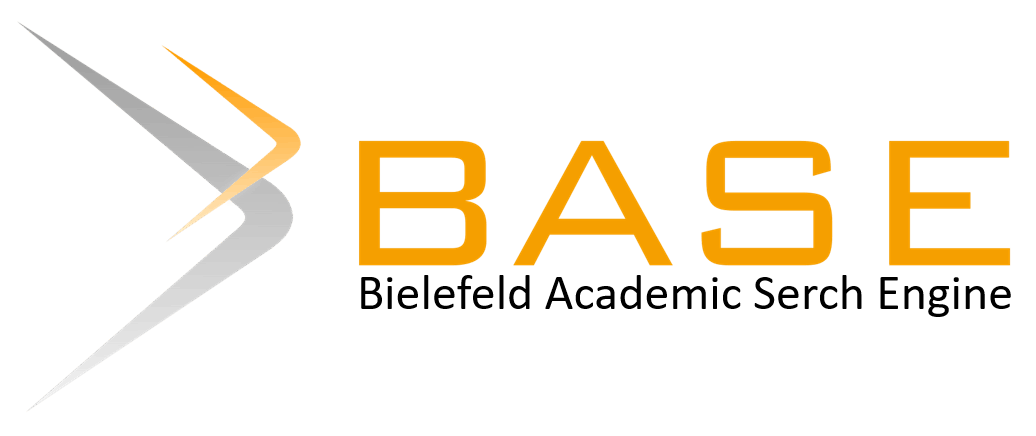Pengaruh penerapan community of inquiry menggunakan LINE terhadap keterampilan berpikir kreatif siswa SMA pada materi energi terbarukan
Abstract
Keywords
Full Text:
PDFReferences
Arikunto, S. (2009). Prosedur Penelitian Suatu Pendekatan Praktik Edisi Revisi 6. Jakarta: Rineka Cipta.
Asalla, L. K., Maria, N., & Hannesto, R. (2014). Pengaruh Penerapan Coi Framework Pada Pembelajaran Online Terhadap Peningkatan Pemahaman (Subkategori Cognitive Presence) Mahasiswa. ComTech, 5(1), 213–223.
Busyairi. A. & Sinaga, P. (2015) Strategi pembelajaran Creative Problem Solving (CPS) berbasis eksperimen untuk meningkatkan kemampuan kognitif dan keterampilan berpikir kreatif. Jurnal Pengajaran MIPA. 20(2), p 133-143
Davis, B., Sumara, D., & Luce-Kaper, R. (2000). Engaging minds: Learning and teaching in a complex world. Mahwah, NJ: Lawrence Erlbaum Associates.
Garrison, D. R. & Vaughan, N. (2008). Blended Learning in Higher Education: Framework, Principles, and Guidelines. San Francisco: Willey.
Garrison, D. R., Anderson, T., & Archer, W. (2000). Critical Inquiry in A Text-Based Environment: Computer Conferencing in Higher Education. The Internet and Higher Education. 2(2-3): 87-105.
Junaini, Elvinawati, & Sumpono. (2019). Pengaruh Kadar Aspergillus niger terhadap Produksi Bioetanol Dari Bonggol Pisang Kepok (Musa paradisiaca L ). Jurnal Pendidikan Dan Ilmu Kimia, 3(2), 176–184.
Kemendikbud. (2016). Silabus Mata Pelajaran Sekolah Menengah Atas/Madrasah Aliyah (SMA/MA) Mata Pelajaran Biologi. Jakarta: Kementrian Pendidikan dan Kebudayaan.
Kementrian ESDM. (2018). Laporan Tahunan Capaian Pembangunan 2018. Jakarta: Direktorat Jenderal Minyak dan Gas Bumi.
Korlantas Polri. (2018). Usia Pelanggar Lalu Lintas Terbesar : 17-21 Tahun. [Online]. Diakses dari https://kumparan.com/kumparanoto/usia-pelanggar-lalu-lintas-terbesar-17-21-tahun-1551864940326119416/full
Lucchiari, C., Sala, P. M., & Vanutelli, M. E. (2018). The effects of a cognitive pathway to promote class creative thinking. In Thinking Skills and Creativity. https://doi.org/10.1016/j.tsc.2018.12.002
Munandar, S. C. U. (2002). Mengembangkan Bakat dan Kreativitas Anak Sekolah: Penuntun bagi Para Guru dan Orang Tua. Jakarta: Grasindo.
Nia, A. T., & Heibati, S. (2014). The Community of Inquiry, an Approach for Enhancing Creativity. Journal of Educational and Management Studies, 4(3), 534–544.
Oriz, T. (2012). Creativity and ArtsEducation In Primery School Children From Socioeconomically Disadvantaged Backgrounds. Rotterdam: Erasmus University
Orozco, J. A., & Yangco, R. T. (2016). Problem-Based Learning : Effects on Critical and Creative Thinking Skills in Biology. Asian Journal of Biology Education, 9, 2–10.
Pratiwi, R. D. (2019). Profile of Students’ Creative Thinking Skills using Open-ended Multiple Choice Test in Science Learning Profile of S tudents ’ Creative Thinking Skills using Open-ended Multiple Choice Test in Science Learning. Journal of Physics: Conference Series, 1–5. https://doi.org/10.1088/1742-6596/1397/1/012020
Sener, N., Türk, C., & Tas, E. (2015). Improving science attitude and creative thinking through science education project : a design, implementation and assessment. Journal of Education and Training Studies. 3 (4), p 57–67
Stover, S., & Ziswiler, K. (2017). Impact of Active Learning Environments on Community of Inquiry. International Journal of Teaching and Learning in Higher Education, 29(3), 458–470.
Suciati. (2020). Peningkatan Kreativitas dan Inisiatif Guru Melalui Model Pembelajaran Daring pada Masa Pandemi COVID-19. Jurnal Karya Ilmiah Guru, 5(1), 79–85.
Sugiyanto, F. N., Masykuri, M., & Muzzazinah. (2018). Analysis of Senior High School Students ’ Creative Thinking Skills Profile in Klaten Regency. Journal of Physics: Conference Series, 1–5. https://doi.org/10.1088/1742-6596/1006/1/012038
Sulistyaningkarti, L., & Utami, B. (2017). Making Charcoal Briquettes from Corncobs Organic Waste Using Variation of Type and Percentage of Adhesives. Jurnal Kimia Dan Pendidikan Kimia, 2(1), 43–53. https://doi.org/10.20961/jkpk.v2i1.8518
Syafruddin, Setyo, P., Sulton, Kuswandi, D., & Sartika, D. (2020). The Effect of The Community of Inquiry (CoI) Learning Model and Learning Style towards Social Skills. 9(2), 569–578. https://doi.org/10.12973/eu-jer.9.2.569
Tilaar, H. A. R. (1998). Beberapa Reformasi Pendidikan Nasional dalam Perspektif Abad 21. Magelang: Tera Indonesia
Torrance, E. P. (1977). In. N. E. Association, Creativitiy in The Classroom. Washington DC: National Education Association.
Torrance, E. P. (2006) Torrance Test of Creative Thinking. Scholastic Testing Service, Bensenville.
Tran, T. B. L., Ho, T. N., Mackenzie, S. V, & Le, L. K. (2017). Developing assessment criteria of a lesson for creativity to promote teaching for creativity. Thinking Skills and Creativity, 25(1), 10–26. https://doi.org/10.1016/j.tsc.2017.05.006
Treffinger, D, J. & Isaksen, S, G. (2004). Celebrating 50 years of reflective practice: versions of creative problem solving, The Journal of Creative Behavior, 38, p 75–101
Treffinger, D. J., Young, G. C., Selby, E. C., & Shepardson, C. (2002). Assessing Creativity: A Guide for Educators. Florida: Center for Creative Learning.
White, A. R. (2017). User Acceptance of the Line Application in an Educational Context User Acceptance of the Line Application in an Educational Context. CreTech 5th International Conference on Creative Technology.
Yang, K. K., Lee, L., Hong, Z. R., & Lin, H. S. (2016). Investigation of effective strategies for developing creative science thinking. International Journal of Science Education, 38(13), 2133-2151.
DOI: https://doi.org/10.17509/aijbe.v4i1.34822
Refbacks
- There are currently no refbacks.
 AIJBE is under Creative Commons Attribution-ShareAlike 4.0 International License
AIJBE is under Creative Commons Attribution-ShareAlike 4.0 International License









